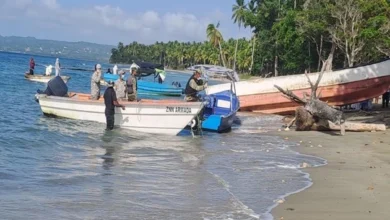2-tons weight: an “exceptional” catch off the Moroccan coast

A two-ton gigantic sunfish was found off the Moroccan coast near Ceuta. Before being released into the water, it was examined by a scientific team from the University of Seville. It required the use of two ship cranes to remove it.
It was discovered in the Moroccan seas near Ceuta and is a fascinating find. A team of researchers from the University of Seville’s Estacion de Biologia Marina del Estrecho examined a gigantic sunfish that measured 2.90 meters long and 3.20 meters broad. The crew couldn’t get a precise weight since the scale couldn’t handle anything heavier than one ton, which the animal certainly surpassed.
The University of Seville scientists had to use two ship cranes to remove it and take DNA samples. It would be a sunfish of the Mola alexandrini species, according to their research. After that, the animal was returned to the water. Following this finding, the study team did not hold back in expressing their surprise.
“It was extremely unusual since it should have weighed about two tons. A specimen caught in Japan measured 2.7 meters in length and weighed 2.3 tons. It’s a difficult-to-study pelagic species, but we see a lot of them in the traps,” the station’s coordinator, Enrique Ostalé, told the Spanish daily El Pais.
“We saw one of more than 500 kilograms two years ago, but this one was amazing,” Sergio Guzman, the diver who notified the researchers, said.
A species that has been designated as vulnerable
It may weigh up to 2,300 kilograms, making it the largest fish with a bone. Although this is not the first time a sunfish has been captured in the region, the researchers claim that there have been very few comparable instances in the past decade.
Although the species poses no special threat to people when met in its natural habitat, the sale, and eating of its meat is banned in the European Union for grounds of cleanliness and toxin content. Fish larvae and jellyfish are the primary food sources for this species.
The International Union for Conservation of Nature (IUCN) has classified it as vulnerable, and it is mostly endangered by drift nets, overfishing, and plastic pollution.




